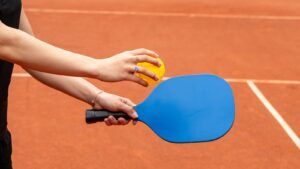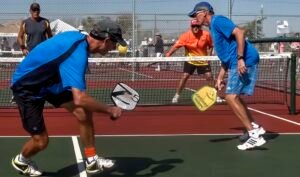In the scenic hills of Bainbridge Island, Washington, a quiet revolution took place that would forever change the world of racket sports. Born out of a desire to create a game suitable for all ages and abilities, pickleball quickly gained popularity and now boasts millions of enthusiasts worldwide. As with any sport, the evolution of pickleball has been shaped not only by its passionate players, but also through the refinement of tournament rules over the years. From humble beginnings on an improvised court to the dazzling international competitions we witness today, the history of pickleball tournament rules serves as a fascinating testament to the sport’s growth and development. Delve with us into the annals of time as we unravel the remarkable journey of how pickleball transformed from a backyard pastime to a globally recognized sport with fervent competitors and a set of rules that have matured alongside its ever-expanding fanbase. Strap on your paddle, take a deep breath, and let’s dive into the captivating narrative of the evolution of pickleball tournament rules.
Table of Contents
- A Game of Adaptation: How Pickleball Tournament Rules Have Evolved
- From a Backyard Pastime to Competitive Sport: The Birth of Pickleball Tournaments
- Pickleball Rulebook Overhaul: Examining Key Changes and Improvements
- From Amateur to Professional: Navigating the Transition in Pickleball Tournament Rules
- Setting the Standard: Recommendations for Future Pickleball Tournament Rules
- Q&A
- Key Takeaways
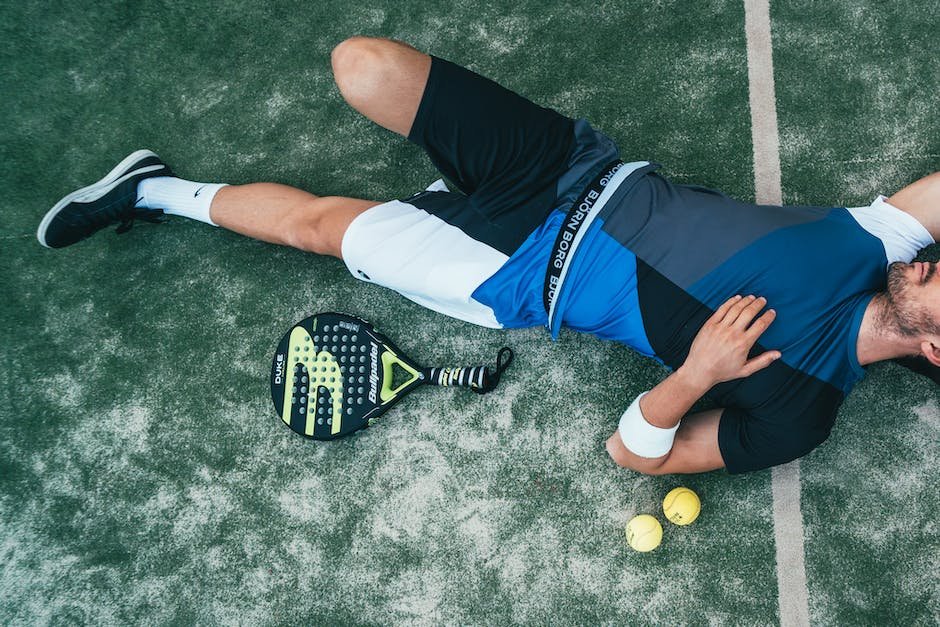
A Game of Adaptation: How Pickleball Tournament Rules Have Evolved
Pickleball, a sport that combines elements of tennis, badminton, and ping pong, has seen remarkable growth in recent years. As its popularity soars, so does the need for clear and concise tournament rules that ensure fair play and competitive matches. Over time, the rules of pickleball tournaments have continuously evolved to adapt to the changing dynamics of the game.
One significant aspect of pickleball tournament rules that has evolved is the scoring system. Initially, tournaments used a traditional system where points could only be scored by the serving team. However, to make the game more engaging and unpredictable, the rules were adjusted to allow for rally scoring, where a point can be won by either team irrespective of who is serving. This change not only added to the excitement of the game but also made matches more fast-paced and intense.
Furthermore, as pickleball gained traction around the world, variations in court sizes and net heights started to emerge. To ensure a level playing field, standardized measurements were introduced, specifying court dimensions and net heights. This not only brought uniformity to the sport but also eliminated any potential advantages or disadvantages caused by differing court sizes and net heights.
In conclusion, the evolution of pickleball tournament rules reflects the sport’s commitment to adapt and thrive in an ever-changing landscape. The changes made to the scoring system and the establishment of standardized court measurements have undoubtedly contributed to the growth and success of pickleball tournaments. As the sport continues to garner attention, we can expect further adaptations and improvements to make the game even more enjoyable and competitive for both players and spectators alike.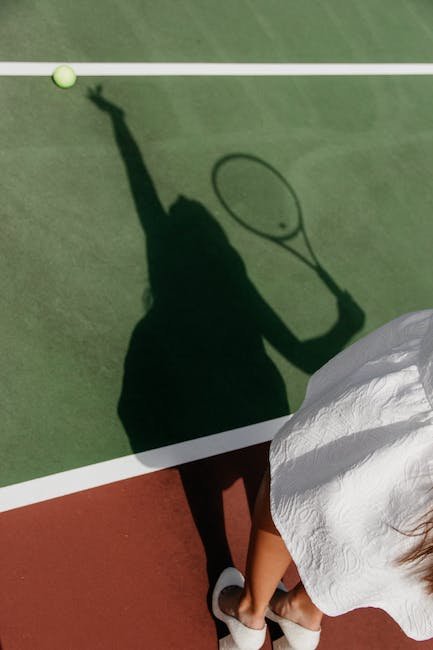
From a Backyard Pastime to Competitive Sport: The Birth of Pickleball Tournaments
Pickleball, a unique sport that blends elements of tennis, badminton, and table tennis, has come a long way since its humble beginnings as a backyard pastime. What started as a friendly game played by families on summer afternoons soon captivated the hearts of enthusiasts worldwide, leading to the birth of pickleball tournaments.
In these electrifying competitions, players showcase their agility and strategic prowess, vying for victory on the vibrant pickleball court. With the rapid growth of the sport, tournaments have become a platform for athletes to demonstrate their skills and engage in healthy competition.
From local community events to international championships, the pickleball tournament landscape continues to expand, bringing together players from all walks of life. Participants relish the opportunity to showcase their technique, stamina, and teamwork, all while immersing themselves in the sport’s infectious energy.
Whether you are a seasoned player or a curious newcomer, attending a pickleball tournament is an experience like no other. The adrenaline rushes through your veins as you witness lightning-fast volleys, audacious shots, and intense rallies that leave spectators on the edge of their seats. So, if you’re ready to witness the birth of a new era of competitive sports, buckle up and prepare to be enthralled by the captivating world of pickleball tournaments!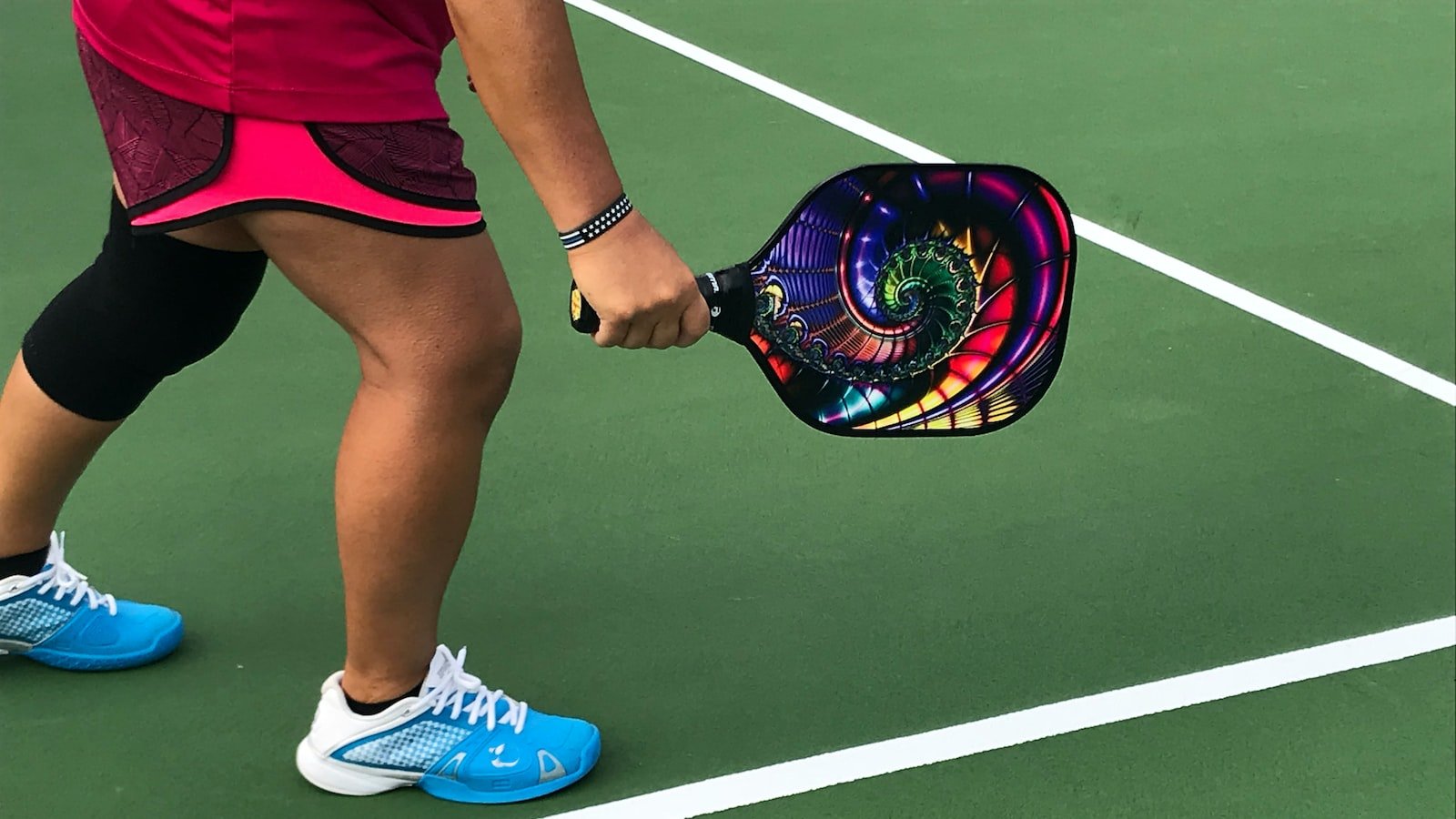
Pickleball Rulebook Overhaul: Examining Key Changes and Improvements
In recent years, the sport of pickleball has experienced a surge in popularity, attracting players of all ages and skill levels. To keep up with the growing interest and ensure fair play, the governing bodies of pickleball have embarked on a comprehensive rulebook overhaul to address key changes and introduce improvements to the game.
These updates aim to provide clarity, enhance consistency, and promote a more enjoyable playing experience for participants. Let’s delve into some of the notable changes that have been made:
- Simplified Scoring System: One of the most significant alterations is the streamlined scoring system. Previously, pickleball employed a somewhat complex scoring method that could confuse newcomers. The revamped rulebook now adopts a simplified approach wherein points can only be scored by the serving team. This straightforward system eliminates unnecessary complications and makes it easier for players and spectators to keep track of the score.
- Expanded Double Bounce Rule: Another key change focuses on the double bounce rule, which ensures fair play and extends rallies. The updated rulebook has expanded this rule, allowing the receiving team to let the ball bounce once before they must return it. This modification introduces more strategy to the game, as it requires players to anticipate and position themselves strategically to make the most of their shot opportunities.
With these and other important modifications, the pickleball rulebook overhaul aims to elevate the sport to even greater heights. These changes not only simplify the game for beginners but also add depth and excitement for experienced players, ensuring that pickleball remains an inclusive and thrilling activity for all.
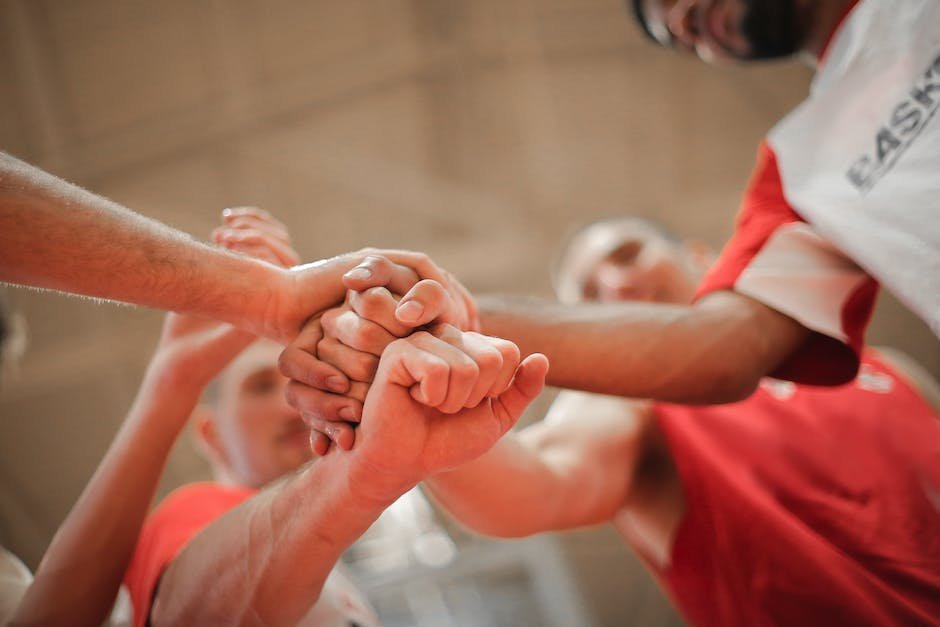
From Amateur to Professional: Navigating the Transition in Pickleball Tournament Rules
Stepping up your game in pickleball means navigating the intricate world of tournament rules. As players transition from amateur to professional, there’s a whirlwind of information to grasp. Familiarizing yourself with these rules is crucial, as they not only shape how the game is played but also ensure fair competition on the court. To help you on this journey, here are some key aspects to consider:
- Understanding scoring variations: As you progress to professional play, be prepared for scoring variations that may differ from what you’re accustomed to. Familiarize yourself with the differing systems such as rally scoring or playing to 15 points instead of 11, depending on the tournament rules. Keep a keen eye on these variations to adjust your playing strategy accordingly.
- Mastering specific court dimensions: Professional pickleball tournaments usually adhere to standard court dimensions, which can vary slightly from recreational play. Take note of the court measurements, including the width, length, and net height, to ensure you are well-prepared when stepping onto the professional court.
- Adapting to stricter rule enforcement: While amateur play may have lax enforcement on some rules, professional tournaments hold players to a higher standard. It’s essential to adapt to stricter rule enforcement, such as foot faults, double bounces, or the two-bounce rule, to avoid penalties and keep pace with the professional level of play.
- Embracing the challenge of officiating: In professional tournaments, there’s often a shift from self-officiating to having experienced referees or umpires. Get acquainted with the role of officials and be prepared to handle their calls, respecting their decisions. Recognizing and accepting their authority showcases your professionalism and sportsmanship.
The transition from amateur to professional pickleball is an exciting journey filled with both challenges and rewards. Navigating the tournament rules with confidence can elevate your game to new heights, ensuring you’re ready to compete on the professional stage like a true pickleball champion!
Setting the Standard: Recommendations for Future Pickleball Tournament Rules
In order to elevate the game of pickleball and ensure fair competition, it is crucial to establish a set of standardized rules for future tournaments. These recommendations aim to provide a clear framework that promotes consistency and transparency in gameplay. By implementing these guidelines, we hope to enhance the overall tournament experience and encourage increased participation.
Key Recommendations:
- Uniform Equipment Regulations: To maintain a level playing field, it is important to enforce standardized rules on equipment such as paddles, balls, and footwear. This will prevent any unfair advantages and ensure that every player abides by the same guidelines.
- Scoring System: We propose adopting a modified version of the rally scoring system, where a point is awarded on every serve, regardless of the serving side. This will foster more dynamic and engaging gameplay, while also reducing the length of matches, making tournaments more efficient.
- Expanded Age Categories: To provide opportunities for players of all age groups, we recommend expanding the current age categories. This will allow for fair competition among players who are closely matched in skill and athleticism, providing a more inclusive environment for participants.
By implementing these recommendations, pickleball tournaments can establish a solid foundation for fair play, encouraging the growth and development of the sport. Ensuring that players, officials, and spectators are well-informed of these standardized rules will ultimately contribute to an improved and enjoyable tournament experience for all.
Q&A
What is the origin of pickleball tournament rules?
Pickleball tournament rules trace back to the game’s inception in 1965 on Bainbridge Island, Washington. The original rules were created by Joel Pritchard, Barney McCallum, and Bill Bell, who sought to combine elements of badminton, tennis, and table tennis.
How have pickleball tournament rules evolved over the years?
In the early years, the game was predominantly played in backyards and at community centers, with rules being adapted and modified by players. However, as pickleball gained popularity, standardized tournament rules were established by the USAPA (United States of America Pickleball Association) in the late 1990s and further refined over time.
What are some notable changes that occurred in pickleball tournament rules?
Over the years, one significant change was the introduction of the non-volley zone, also known as the “kitchen.” Initially, players were allowed to step into this area and volley the ball, but this was later revised to improve the game’s strategy by discouraging excessive “net play.”
How have the rules regarding equipment usage evolved?
In the early days of pickleball, players used wooden paddles and a plastic ball with holes. However, as the sport progressed, paddles began transitioning to lighter and more technologically advanced materials like graphite and composite. Similarly, ball design changed from solid plastic to a perforated ball, creating a distinct sound while maintaining durability.
Do pickleball tournament rules differ internationally?
While the USAPA rules serve as the foundation for pickleball tournaments worldwide, some minor variations exist. International tournaments may have slightly different regulations regarding court dimensions, while certain countries might utilize alternative scoring systems. Nonetheless, the core essence of the game remains consistent across different regions.
Are there ongoing discussions and future expectations regarding pickleball tournament rules?
Absolutely! Like any sport, pickleball continues to evolve, inviting continuous discussions and refinements. Some ongoing debates involve rule adjustments to cater to different skill levels or age categories, ensuring the game remains enjoyable and challenging for players of all abilities. The pickleball community eagerly anticipates future changes and developments in tournament rules.
Key Takeaways
As we bid farewell to the fascinating journey through the evolution of pickleball tournament rules, we are left with a profound appreciation for the remarkable path that this beloved sport has taken. From humble beginnings to international recognition, pickleball has shown an indomitable spirit, adapting and growing alongside its players.
In this retrospective exploration, we have traced the roots of this unique game, uncovering the seeds of its tournament regulations that have blossomed over time. From the experimental rule changes in the early 1970s to the landmark creation of the USAPA in the 1980s, the pickleball community’s unwavering dedication to fair play and inclusivity becomes evident.
We have seen how each rule adjustment has shaped the game, adding layers of strategy and nuance while carefully preserving its essence. The evolution of scoring systems, court dimensions, and even the ever-controversial “non-volley zone” reflects the unwavering commitment to fostering a level playing field for players of all skill levels.
But perhaps what makes this evolutionary trajectory truly remarkable is the collaborative effort that has driven these changes. Players, enthusiasts, and governing bodies have come together to chart the course, ensuring that the rules remain democratic, relevant, and in harmony with the game’s dynamic nature.
As we now stand at the precipice of a new era, it is crucial to acknowledge the tireless work of those who have dedicated themselves to the growth of this sport. Their constant pursuit of excellence and equity has shaped pickleball into the global phenomenon it is today.
The evolution of pickleball tournament rules is far from complete. As technology, athlete capabilities, and the game itself continues to evolve, so too will the regulations that govern it. It is a testament to the living, breathing nature of pickleball—a sport that continues to captivate and inspire individuals of all backgrounds, ages, and abilities.
So, let us step forth with renewed appreciation for the rich tapestry of pickleball’s rulebook, ever eager to witness the evolution of this marvelous sport. From this point forward, the courts await us, the players, to etch our mark in the annals of its history, forever shaping the tapestry of pickleball rules to come.
As an affiliate, my content may feature links to products I personally use and recommend. By taking action, like subscribing or making a purchase, you’ll be supporting my work and fueling my taco cravings at the same time. Win-win, right?
Want to read more? Check out our Affiliate Disclosure page.

